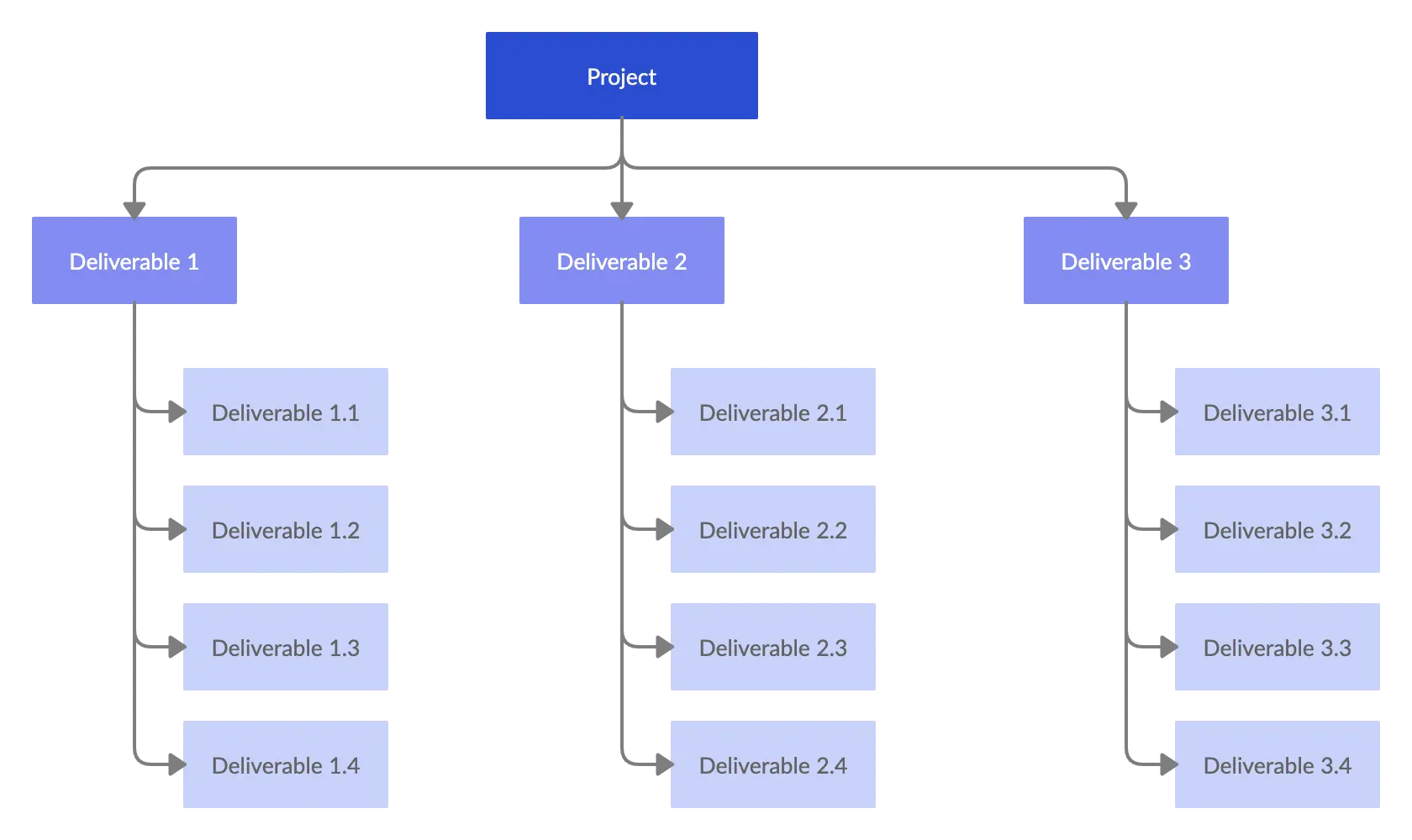An accurate estimate is the first step toward a successful project. You must be aware of the timetable, expenses, scope, risk, and other factors in order to plan the work necessary to complete your project. Project estimating methodologies take all of these factors into account.
Techniques for estimation are useful for deciding whether your project is viable. They are necessary for precise project forecasting, should you want to proceed. Here are some popular project estimate strategies that you can use, along with a checklist of items that require
What is Project Estimation?
Project estimation is a foundational element of project management that involves predicting the most realistic amount of time, resources, and budget required to complete a project successfully. It’s not just about guessing; it’s a methodical process that, when done accurately, can significantly impact the success of a project. Here’s why:
Establish Project Scope: Proper project estimation allows project managers to define clear boundaries. It ensures that everyone involved understands the project’s scale and complexity.
Accurate Forecasting: By estimating a project effectively, managers can foresee potential roadblocks and plan accordingly, reducing the risk of project overruns.
Effective Resource Allocation: Knowing the project’s demands upfront aids in the efficient distribution of resources, preventing bottlenecks and ensuring that the team’s efforts are aligned with project needs.
Accurate project estimation is not just a number-crunching exercise; it’s a strategic tool that underpins the establishment of an effective project scope. It sets the stage for all subsequent project planning and execution, ensuring that deliverables and deadlines are understood and met, leading to client and stakeholder satisfaction. In the realm of project management, estimate techniques are the compass that guides a project from conception to completion.
How Project Estimation Techniques Ensure Better Planning
Selecting the appropriate project estimation technique is not just a matter of preference; it’s a strategic decision that can significantly impact the success of your project. The right estimation method can help you establish a clear project scope, understand deliverables and deadlines, and ensure accurate project forecasting. This, in turn, leads to better project planning, client and stakeholder satisfaction, and effective resource allocation.
When it comes to project estimation, there are two primary approaches:
Top-down Approach. Top-down estimating is a macro approach where the project is estimated from a broader perspective, often using historical data and expert judgment.
Bottom-up Approach: Bottom-up estimating is a more detailed, micro approach. It involves estimating individual tasks and then combining them to create the overall project estimate. This technique is often more accurate as it considers the specifics of each task, but it can be time-consuming.
Understanding the nuances between these approaches is crucial for technically savvy product managers who aim to align their project management strategies with the triple constraint of cost, scope, and time. By leveraging a tool like Creately, with its visual canvas and dynamic data-enabled frameworks, project managers can map out milestones and dependencies more accurately, ensuring that the chosen estimation technique is applied effectively throughout the project lifecycle.
The Importance of Accurate Project Estimation
Accurate project estimation is the linchpin of effective resource allocation within project management. By precisely forecasting the scope, time, and cost of a project, managers can allocate resources in a manner that maximizes efficiency and minimizes waste. Here’s how a robust project estimation process contributes to resource allocation:
Optimized Workforce Utilization: Estimating a project allows managers to determine the exact number of team members required at each phase, preventing overstaffing or understaffing scenarios.
Budget Allocation: A detailed estimate project plan ensures that financial resources are allocated appropriately, reducing the likelihood of overspending in certain areas while underfunding others.
Equipment and Material Management: With a clear understanding of project needs, managers can schedule the procurement and use of materials and equipment to avoid bottlenecks.
Risk Mitigation: By anticipating potential resource constraints, project estimation enables proactive measures to mitigate risks associated with resource scarcity or surplus.
Tools like Creately, with features such as an infinite canvas and visual kanban project management, empower teams to visualize their resource planning. The drag-and-drop tasks to canvas functionality simplifies the complex process of aligning resources with project timelines and deliverables, ensuring that every aspect of the project is adequately resourced. In essence, the synergy between project estimation and resource allocation is a critical factor in the successful delivery of projects.
10 Techniques for Estimating a Project Effectively
Project estimation is a critical component of project management that ensures projects are completed on time and within budget. Here are 10 popular project estimation techniques that can help project managers achieve accurate forecasting and planning:
- Expert Judgment: Leveraging the experience and insights of industry experts to estimate project parameters.
- Analogous Estimating: Using historical data from similar projects to predict future project outcomes.
- Parametric Estimating: Applying statistical models to project data to estimate costs and durations.
- Three-Point Estimating: Considering the best, worst, and most likely scenarios to calculate an average estimate.
- Bottom-Up Estimating: Breaking down the project into smaller components and estimating each one individually.
- Top-Down Estimating: Starting with a macro view of the project and breaking it down into more detailed estimates.
- Delphi Technique: Gathering anonymous feedback from a panel of experts to reach a consensus on project estimates.
- Program Evaluation and Review Technique (PERT): Using a weighted average of optimistic, pessimistic, and most likely estimates to calculate project duration.
Monte Carlo Simulation: Running simulations to understand the impact of risk and uncertainty on project estimates.
Earned Value Management (EVM): Monitoring project performance and progress to inform future project estimates.
Expert judgement is particularly relevant in project estimation as it combines historical data with the nuanced understanding of project intricacies that only seasoned professionals possess. This technique is often used in conjunction with other methods to enhance the accuracy of project estimates.
Matching the right project estimation technique with the project type is crucial. For instance, analogous estimating is suitable for projects with a high degree of similarity to past projects, while parametric estimating is ideal for projects where statistical relationships can be reliably established. For complex projects where uncertainty is a significant factor, techniques like Monte Carlo Simulation can be invaluable.
Incorporating a tool like Creately can streamline the estimation process. Its visual canvas and dynamic data-enabled frameworks allow for a clear mapping of project components, making techniques like bottom-up and top-down estimating more efficient and accurate. By visualizing dependencies and milestones, project managers can better allocate resources and ensure client satisfaction.
Challenges in Project Estimation and How to Address Them
Navigating the treacherous waters of project estimation requires a blend of experience, skill, and the right tools. Here are some strategies to help you overcome common estimation challenges:
- Leverage Historical Data: Use data from past projects to inform your estimates. This can help you identify patterns and make more accurate predictions.
- Break Down the Project: Decompose the project into smaller, more manageable parts. This makes it easier to estimate each component with greater precision.
- Include the Team: Engage the project team in the estimation process. Their collective expertise can provide valuable insights into potential roadblocks and realistic timeframes.
- Use Estimation Software: Tools like Creately can significantly streamline the estimation process. With features like an infinite canvas and visual kanban project management, you can map out project details and dependencies, making it easier to visualize the scope and adjust estimates in real-time.
- Contingency Planning: Always include a buffer for unforeseen events. A contingency allowance can protect against scope creep and unexpected delays.
- Regular Reviews: Continuously review and adjust estimates as the project progresses. This dynamic approach allows for course corrections and keeps estimates aligned with project realities.
By implementing these strategies and utilizing dynamic data-enabled frameworks like those offered by Creately, you can create a more structured and reliable project estimation process. This not only aids in accurate project forecasting but also ensures better project planning and client satisfaction
Leveraging Creately for Accurate Project Management Estimates
When it comes to estimating a project, the dynamic data-enabled frameworks provided by Creately can be a game-changer. These frameworks are designed to keep your project estimation process as accurate and up-to-date as possible. Here’s how they benefit your project management efforts:
Real-time updates: As project variables change, Creately’s frameworks automatically update information across all workspaces. This means you’re always working with the most current data, reducing the risk of costly estimation errors.
Visual mapping: By visualizing milestones and dependencies, you can gain a clearer understanding of the project’s trajectory, which is crucial for accurate forecasting and planning.
- Centralized information: With all project details housed in one place, team members can easily access and contribute to the estimation process, fostering collaboration and ensuring consistency.
Incorporating Creately’s dynamic frameworks into your project estimation practices not only streamlines the process but also aligns with the key insights that accurate forecasting and planning are essential for project success. By leveraging these tools, you’re setting the stage for better resource allocation, client satisfaction, and ultimately, a more predictable project outcome.








